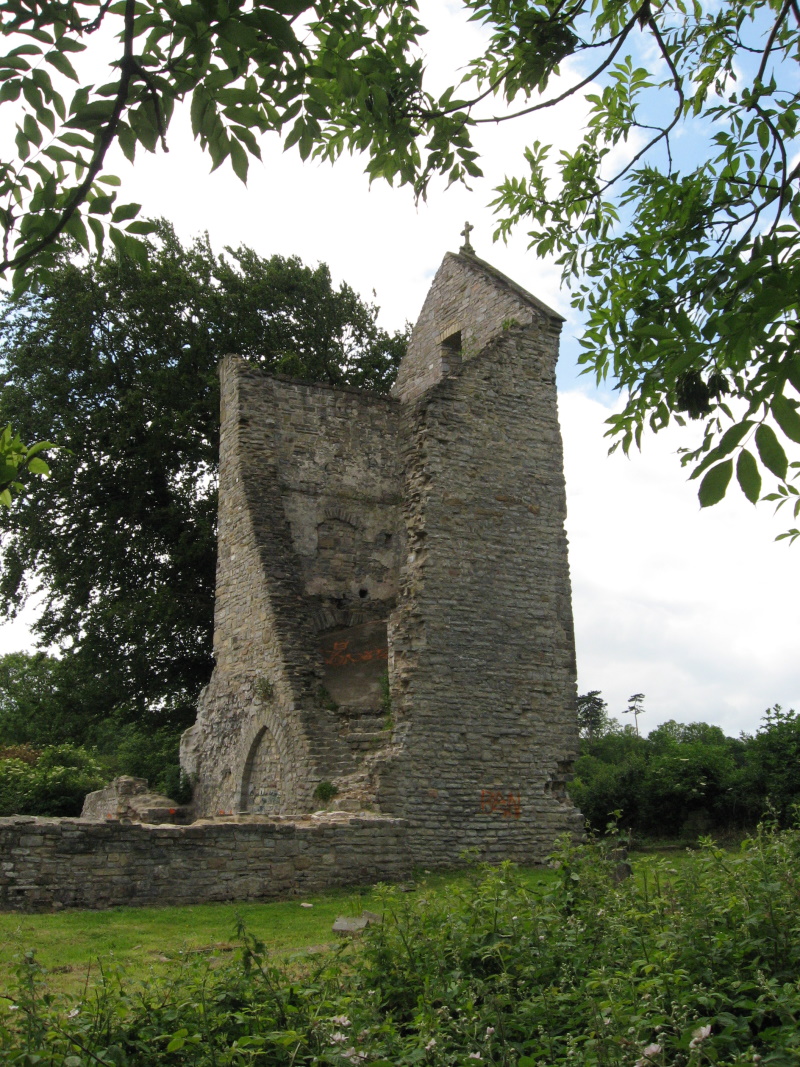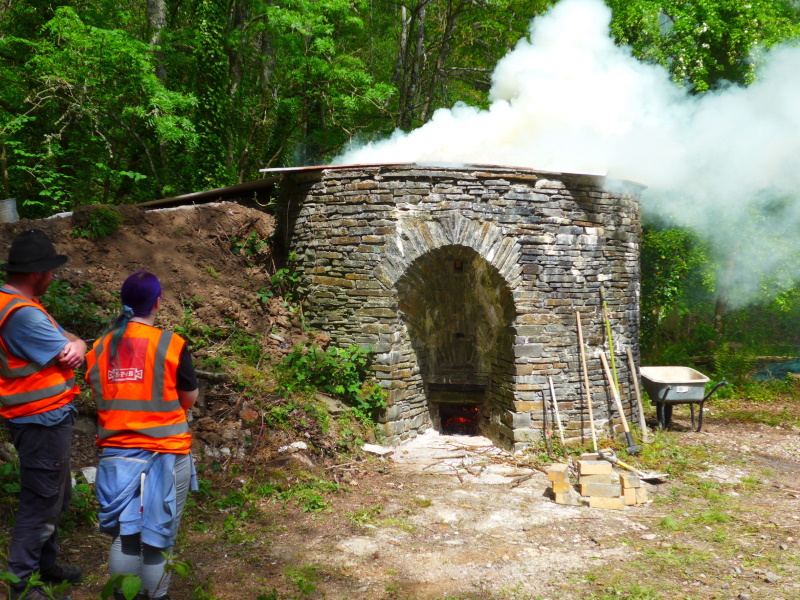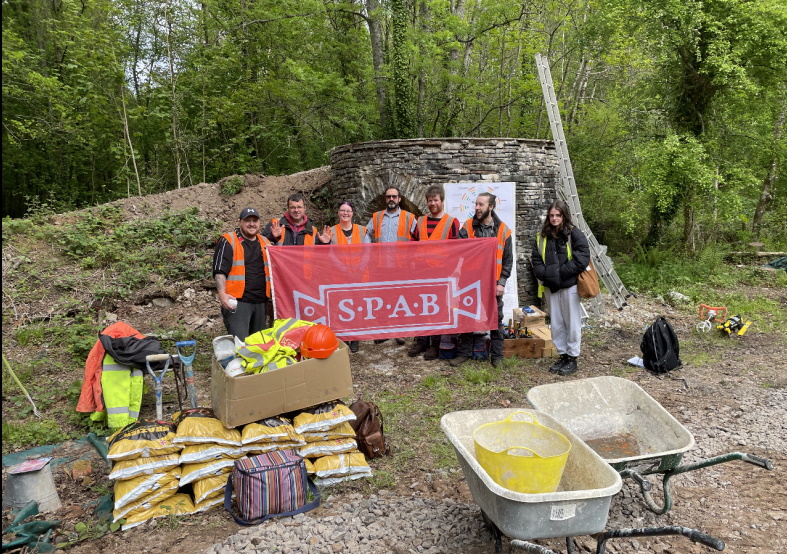Key to the success of our working parties – like any building project – is preparation. We are tremendously excited that in September we are holding a working party at beautiful ruined church of St Mary's, Caerau outside Cardiff. But in advance we needed to source local materials and establish local partnerships.
St Mary's, Caerau is a medieval church on the site of an Iron Age hillfort, now a fragile ruin lovingly cared for by a local Friends group. To repair it sympathetically we need to create a mortar from local materials that would match what’s been used at St Mary’s in the past. Mortar analysis showed that a local Blue Lias limestone would be suitable.
St Mary's, Caerau CC BY-SA 2.0 / Gareth James
In May, SPAB staff and specialists along with local craftspeople, volunteers and partners gathered at St Fagan’s National Museum of History to carry out a lime burn. The field kiln – built by the British Limes Forum 20 years ago – is a replica of a medieval kiln at Cilgerran Castle. The Blue Lias limestone and refractory bricks were kindly provided by Tarmac's Aberthaw Cement Works and Quarry.
We were delighted to welcome local volunteers and young people to the site. SPAB Fellows and stonemasons Thom Kinghorn-Evans and Luke O’Hanlon were joined by lime specialists Hugh Conway-Morris and Stafford Holmes of our Technical and Research Committee.
The two successful burns mean that we are now ready to help repair St Mary’s, Caerau and the results will feed into our research into the vernacular use of British hydraulic limes.
One of the burns underway. Credit: SPAB.
We are very grateful to Cadw who generously supported this project, along with our partners St Fagans National Museum of History, Cardiff University, CAER Heritage Project and Tarmac.
The group beside the kiln. Credit: SPAB.



